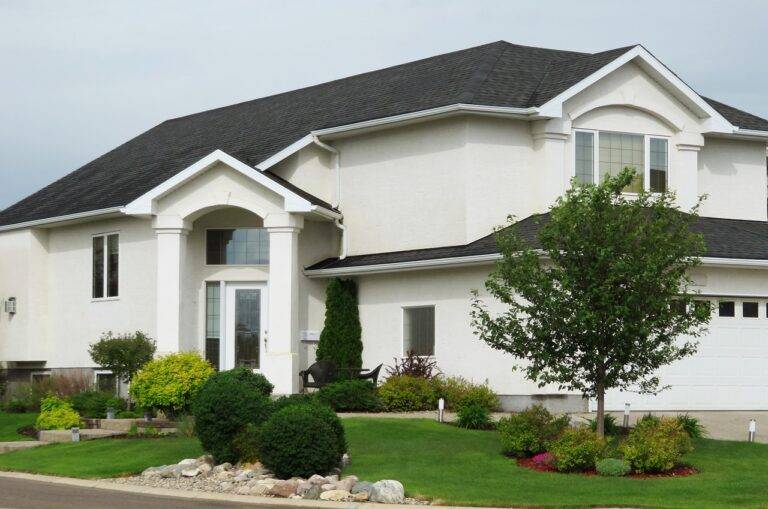Creating a Sustainable and Eco-Friendly Backyard
Sustainable landscaping offers numerous advantages for both the environment and homeowners. By incorporating eco-friendly practices such as water conservation techniques and natural fertilizers, you can reduce your carbon footprint and contribute to a healthier ecosystem. Additionally, sustainable landscaping can help lower utility bills by optimizing energy efficiency through strategic plant placement and shade provision.
In addition to the environmental benefits, sustainable landscaping can enhance the aesthetic appeal of your property. Native plants and drought-resistant species not only require less maintenance but also attract local wildlife, adding biodiversity to your garden. Furthermore, sustainable landscaping can increase property value, as more homebuyers are seeking eco-friendly features when making purchasing decisions.
Choosing Native Plants for Your Yard
One of the key aspects of sustainable landscaping is choosing native plants for your yard. Native plants are well-adapted to the local climate and soil conditions, making them easier to maintain and requiring less water and resources to thrive. By incorporating native plants into your landscaping, you can help support local wildlife populations, including pollinators like bees and butterflies.
When selecting native plants for your yard, consider the specific requirements of each species, such as sunlight, water, and soil preferences. By choosing a variety of native plants that complement each other in terms of these needs, you can create a balanced and resilient ecosystem in your own backyard. Additionally, native plants are often more resistant to pests and diseases, reducing the need for chemical interventions and promoting a healthier environment for both humans and wildlife.
Why should I choose native plants for my yard?
Choosing native plants for your yard has many benefits, such as requiring less water and maintenance, attracting local wildlife, supporting the local ecosystem, and increasing biodiversity.
How do I know which native plants to choose for my yard?
You can consult with local nurseries, botanical gardens, or landscaping professionals to help you choose native plants that are well-suited to your region and climate.
Will native plants attract pests to my yard?
Native plants are adapted to the local environment and are less likely to attract pests than non-native plants. They also support local wildlife that can help control pest populations.
How can I incorporate native plants into my existing landscaping?
You can start by replacing non-native plants with native alternatives or by creating a dedicated native plant garden or wildflower meadow in your yard.
Do native plants require special care or maintenance?
Native plants are generally low-maintenance once established, as they are adapted to the local climate and soil conditions. However, they may still require occasional watering and pruning.
Can I find native plants at my local nursery?
Many nurseries now carry a selection of native plants, but you may also need to seek out specialty nurseries or native plant sales in your area.





